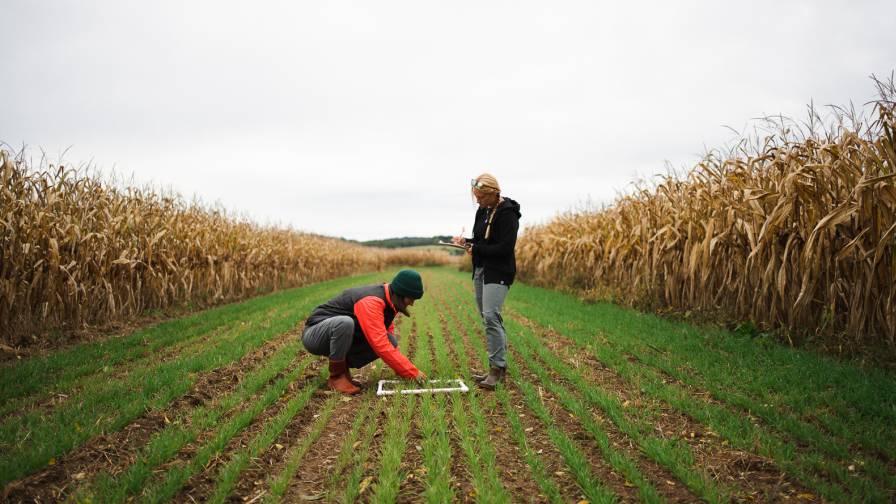In today’s fast-paced and data-driven agricultural landscape, empowering your agronomy team with real-time data insights is crucial for maximizing productivity and making informed decisions. A Laboratory Information Management System (LIMS) is a powerful tool that can revolutionize how your agronomy team accesses and utilizes data, ultimately leading to improved efficiency and better crop management. LIMS serves as a centralized database that integrates and manages various laboratory workflows and data, including soil and plant sample analysis results, nutrient composition, pesticide residue analysis and more. By harnessing LIMS, your agronomy team gains access to a wealth of real-time data insights that can be utilized for optimizing farming practices. One of the key benefits of LIMS is the ability to streamline data entry and sample tracking. With LIMS, the laborious and error-prone process of manual data entry is eliminated, as the system automatically captures and records data from different sources, such as laboratory instruments and field devices. This automation not only saves time but also minimizes the risk of data discrepancies, ensuring the accuracy and reliability of the information.

Moreover, LIMS facilitates seamless data integration and analysis. The system allows your agronomy team to combine data from multiple sources and perform comprehensive analyses, including trend analysis, predictive modeling and data visualization. By leveraging these data insights, your team can identify patterns, correlations and anomalies that may impact crop health and productivity. For instance, they can detect nutrient deficiencies or excessive pesticide residues, enabling timely interventions to address these issues and optimize crop yield. Real-time data insights provided by LIMS also enable proactive decision-making software. By monitoring and analyzing data continuously, your agronomy team can detect potential risks or emerging trends, allowing them to take preventive measures promptly. For instance, if LIMS identifies an increase in pest populations or predicts adverse weather conditions, your team can implement targeted pest control strategies or adjust irrigation schedules to mitigate potential crop damage.
Furthermore, LIMS supports collaboration and knowledge sharing within your agronomy team and beyond. The system allows different stakeholders, including agronomists, researchers and farmers, to access and interpret data in real-time. This promotes a holistic approach to crop management, where experts can collaborate, share insights and collectively work towards optimizing agricultural practices. Additionally, LIMS enables data sharing with external partners, such as regulatory bodies or suppliers, ensuring compliance and facilitating effective communication across the agricultural ecosystem. In conclusion, empowering your agronomy team with real-time data insights from LIMS is a game-changer for modern agriculture. By centralizing data, automating workflows and enabling comprehensive analysis, LIMS equips your team with the necessary tools to make informed decisions, optimize crop management and maximize productivity. Embracing LIMS transforms data into actionable insights, driving sustainable and efficient agricultural practices in an increasingly dynamic industry.